Posterior Cruciate Ligament (PCL)
Posterior Cruciate Ligament (PCL) Anatomy
The PCL, or posterior cruciate ligament, is another important ligament in the knee joint that helps stabilize the knee and prevent backward movement of the tibia in relation to the femur. Like the ACL, an injury to the PCL can cause pain, swelling, instability, and difficulty walking or bearing weight on the affected leg.
Diagnosis and treatment for a PCL injury may be similar to that of an ACL injury, depending on the severity and location of the injury. Preventative measures such as proper warm-up and stretching, using proper technique during sports or exercise, and wearing appropriate protective gear can also help reduce the risk of a PCL injury.
Structure of the Posterior Cruciate Ligament (PCL)
The posterior cruciate ligament (PCL) is one of the crucial ligaments in the knee joint. It is situated at the back of the knee and attached to the femur (thigh bone) to the tibia (shin bone). The PCL is thicker and stronger than the anterior cruciate ligament (ACL) and is the primary stabilizer of the knee joint.
The PCL has two different bundles, known as the posteromedial bundle (PMB) and the anterolateral bundle (ALB). The ALB is tighter and stronger than the PMB and is responsible for preventing posterior translation of the tibia on the femur. The PMB is looser and provides additional stability to rotational forces.
The PCL originates from the medial femoral condyle, which is a bony protrusion on the inner side of the femur. The ALB attaches to the lateral surface of the tibia, while the PMB attaches to the medial surface of the tibia. The PCL also has attachments to the menisci, which are cartilage structures that help to cushion and stabilize the knee joint.
The PCL is composed of collagen fibers, which are arranged in a crisscross pattern to provide strength and stability. The collagen fibers are surrounded by a matrix of proteoglycans, which help to absorb shock and provide lubrication to the ligament.
Function of the Posterior Cruciate Ligament (PCL)
The main function of the PCL is to prevent the tibia from sliding too far backward relative to the femur, which could cause damage to the joint surfaces and other structures within the knee. It also helps to stabilize the knee joint during rotational movements and provides support for the posterior (back) part of the knee.
Unlike the ACL, which is often injured during sudden stops or changes of direction, PCL injuries are typically caused by direct blows to the front of the knee, such as in a car accident or falling onto a bent knee. Symptoms of a PCL injury may involve stiffness, pain, swelling, and difficulty walking or bearing weight on the affected leg.
Overall, the PCL plays a critical role in maintaining the stability and function of the knee joint, and injuries to this ligament can have significant consequences for an individual’s mobility and quality of life.
Blood supply of the PCL
The posterior cruciate ligament (PCL) receives its blood supply from several sources. The main blood supply to the PCL comes from the middle genicular artery, It is a division of the popliteal artery. The popliteal artery is a large artery located behind the knee joint that supplies blood to the lower leg and foot.
In addition to the middle genicular artery, the PCL also receives blood supply from the inferior medial and lateral genicular arteries, which are branches of the popliteal artery. These arteries provide additional blood flow to the PCL and other structures in the knee joint.
The blood supply to the PCL is essential for maintaining the health and function of the ligament. Without adequate blood flow, the PCL may become weakened or damaged, leading to instability and pain in the knee joint.
Injuries to the PCL can disrupt the blood supply to the ligament, further compromising its ability to heal and recover. This is why prompt and appropriate treatment for PCL injuries is essential for restoring normal function and preventing long-term complications.
Symptoms of the Posterior Cruciate Ligament (PCL) Injury
Symptoms of a PCL injury can vary relay on the severity of the injury. Some common symptoms include:
- Knee Pain: Pain in the back of the knee is a common characteristic of a PCL injury. The pain may be mild to severe and can be aggravated by activity.
- Swelling: Swelling in the knee joint is another common symptom of a PCL injury. The swelling may be mild to severe and can be accompanied by stiffness.
- Instability: A feeling of instability or looseness in the knee joint is a common symptom of a PCL injury. The knee may experience something like it is giving way or buckling.
- Difficulty walking: A PCL injury can make it difficult to walk, especially if there is significant pain or instability in the knee joint.
- Limited range of motion: A PCL injury can also limit the range of motion in the knee joint, making it difficult to fully straighten or bend the knee.
- Difficulty bearing weight: If the PCL injury is severe, it may be difficult to bear weight on the affected leg.
- Clicking or popping sounds: In some cases, a PCL injury may be accompanied by clicking or popping sounds in the knee joint.
Injuries of the posterior cruciate ligament
The PCL can be injured in various ways, including:
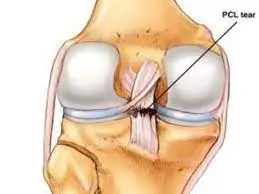
Direct impact: A direct blow to the front of the knee, while it is bent, can cause the tibia to move backward, stretching or tearing the PCL.
Hyperextension: When the knee is forcefully straightened beyond its normal range of motion, it can cause the PCL to stretch or tear.
Twisting or rotational forces: Sudden twisting or rotational forces applied to the knee, such as during a sports activity, can cause the PCL to tear.
Motor vehicle accidents: Injuries to the knee can occur in motor vehicle accidents when the knee strikes the dashboard or steering wheel.
Falls: Falling onto a bent knee can cause the tibia to move backward, stretching or tearing the PCL.
Athletic activities: Athletes who participate in sports that involve sudden stops and changes in direction, such as football, soccer, and basketball, are at increased risk of PCL injury.
Overuse: Repetitive stress on the knee joint, such as from running or jumping, can cause the PCL to weaken and eventually tear.
Treatment of the Posterior Cruciate Ligament (PCL) Injury
Conservative treatment
Conservative treatment of a PCL injury involves non-surgical methods to manage pain and promote healing. The goal of conservative treatment is to reduce pain and inflammation, improve knee stability, and restore function to the knee joint. Some common conservative treatments for PCL injuries include:
- Rest: Rest is essential for allowing the knee to heal. You may need to avoid activities that aggravate your symptoms, such as running or jumping.
- Ice therapy: Applying ice to the affected knee can help reduce pain and swelling. You can apply ice for 20 minutes at a time, several times a day.
- Compression: Wearing a compression bandage or knee brace can helpful in decrease swelling and give support to the knee joint.
- Physical therapy: A physical therapist can help you perform exercises that can improve knee stability, range of motion, and strength. Exercises may include leg lifts, squats, and lunges.
- Medications: Over-the-counter pain relievers such as acetaminophen or non-steroidal anti-inflammatory drugs (NSAIDs) can help reduce pain and inflammation.
- Injection therapy: In some cases, your doctor may recommend injecting medication directly into the knee joint to reduce pain and inflammation.
Conservative treatment may take several weeks or months, depending on the severity of your injury. If conservative treatment does not improve your symptoms, surgery may be necessary to repair or reconstruct the PCL.
Physiotherapy treatment
Physiotherapy treatment for PCL injuries involves a combination of exercises, manual therapy, and modalities to improve knee stability, range of motion, and strength. The goal of physiotherapy is to reduce pain and inflammation, promote healing, and restore function to the knee joint.
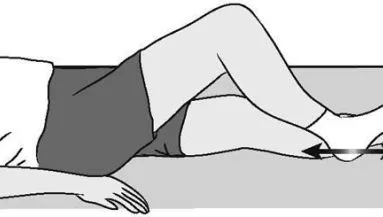
- Manual therapy: A physiotherapist may use manual therapy techniques such as massage, joint mobilization, and stretching to reduce pain and improve knee mobility.
- Range of motion exercises: Range of motion exercises involve moving the knee joint through its full range of motion to improve flexibility and prevent stiffness. These exercises may include heel slides, knee bends, and leg swings.
- Strengthening exercises: Strengthening exercises are designed to improve the strength of the muscles around the knee joint to provide support and stability. These exercises may include lunges, leg presses, and squats.
- Balance and proprioception training: Balance and proprioception training involves performing exercises that challenge your balance and coordination to improve knee stability. These exercises may include standing on one leg, using a wobble board, or performing agility drills.
- Modalities: Modalities such as ice, heat, ultrasound, and electrical stimulation may be used to reduce pain and inflammation and promote healing.
- Functional training: Functional training involves performing exercises that mimic the activities you need to perform in your daily life or sports activities. This type of training can help you confidently return to your normal activities and reduce the risk of re-injury.
The duration of physiotherapy treatment for PCL injuries may vary depending on the severity of the injury and your individual needs. Your physiotherapist will work with you to make a personalized treatment plan that needs to your specific goals and needs.
Risk factors of the posterior cruciate ligament
The posterior cruciate ligament (PCL) is one of the four major ligaments in the knee joint that helps to stabilize the joint and prevent excessive backward movement of the tibia bone. PCL injuries can occur due to various risk factors, including:
- Trauma: A direct blow to the knee, such as a fall or a car accident, can cause a PCL injury. Athletes involved in contact sports such as football and basketball are also at higher risk of PCL injuries due to the high-impact nature of these sports.
- Hyperextension: Hyperextension of the knee joint can also cause PCL injuries. This can happen during activities such as landing from a jump or sudden stops and turns.
- Knee dislocation: A knee dislocation, where the bones of the knee joint are forced out of their normal position, can cause severe damage to the PCL.
- Muscle imbalances: Weakness or tightness in the muscles surrounding the knee joint can increase the risk of PCL injuries. This can be due to factors such as muscle imbalances, poor posture, or overuse.
- Previous knee injuries: Individuals who have had previous knee injuries, such as ACL tears or meniscus tears, may be at higher risk of PCL injuries due to the increased stress placed on the ligament.
- Age and gender: PCL injuries are more common in males than females, and individuals over the age of 40 may be at higher risk due to age-related changes in the ligaments and joints.
- Genetics: Some individuals may be genetically predisposed to PCL injuries due to factors such as ligament laxity or abnormal joint structure.
It is important to identify and address these risk factors to reduce the risk of PCL injuries and promote overall knee health.
How to prevent the risk of injury of the posterior cruciate ligament
There are several ways to promote the health of the posterior cruciate ligament (PCL):
Strengthening exercises: Strengthening the muscles around the knee joint can help to support and protect the PCL. Exercises such as squats, lunges, leg presses, and calf raises can be effective in building strength.

Stretching: Stretching can help to improve flexibility and reduce muscle tightness, which can help to prevent PCL injuries. Focus on stretching the calves quadriceps, and hamstrings.
Proper technique: When participating in sports or other activities that involve the knee joint, it is important to use proper technique to avoid excessive stress on the PCL. This may include using proper landing techniques when jumping or pivoting, and avoiding sudden stops and turns.
Protective gear: Wearing appropriate protective gear, like knee pads or braces, can be helpful in reducing the risk of PCL injuries during high-impact activities.
Rest and recovery: Giving the knee joint time to rest and recover after intense physical activity can help to prevent overuse injuries and promote overall knee health.
Maintaining a healthy weight: Excess weight can place additional stress on the knee joint, which can increase the risk of PCL injuries. Maintaining a healthy weight through diet and exercise can help to reduce this risk.
Seeking medical attention: If you experience any pain or discomfort in the knee joint, it is important to seek medical attention promptly. Early diagnosis and treatment of knee injuries can help to prevent further damage and promote healing.
FAQ
What is the posterior cruciate ligament (PCL)?
The PCL is one of the four major ligaments in the knee joint that provides stability and support to the knee.
What causes a PCL injury?
A PCL injury can occur due to a direct blow to the front of the knee, hyperextension of the knee, or a sudden change in direction while the foot is planted.
What characteristics include a PCL injury?
The symptoms of a PCL injury include pain, swelling, stiffness, difficulty walking, instability of the knee, and a popping sound at the time of injury.
How is a PCL injury diagnosed?
A PCL injury is diagnosed through a physical examination, imaging tests such as X-rays or MRI, and specific tests to check for PCL damage.
What is the recommended treatment for a PCL injury?
The treatment for a PCL injury relay on the conditions of the injury. Non-surgical treatment includes rest, ice, compression, elevation, and physical therapy. In very severe conditions, surgery may be needed.
How long does time it takes to recover from a PCL injury?
The recovery time for a PCL injury depends on the severity of the injury and the treatment received. Mild injuries may heal within a few weeks, while severe injuries may take several months to heal completely.
Can a PCL injury be prevented?
Prevention of a PCL injury includes proper warm-up before exercise or sports activities, wearing appropriate protective gear, using proper techniques during activities, and maintaining good overall knee health through regular exercise and stretching.

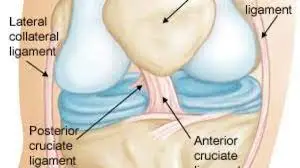
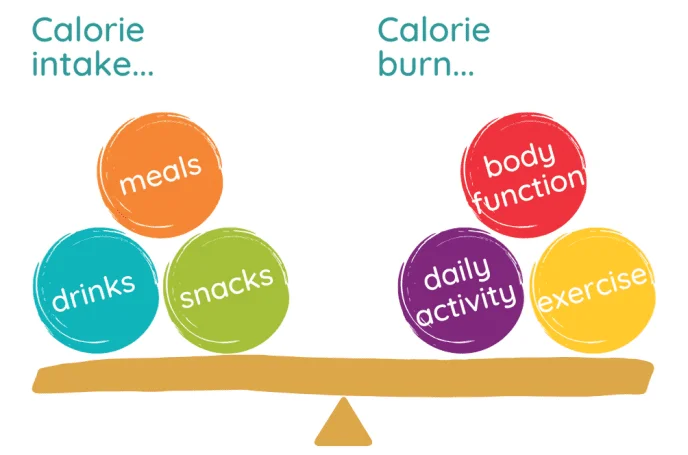

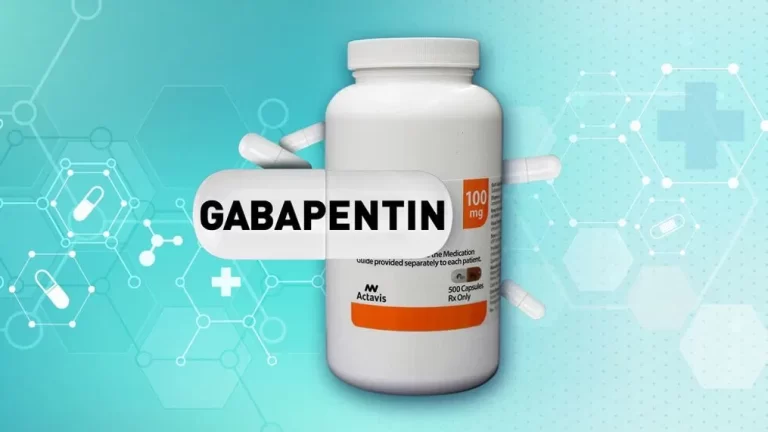

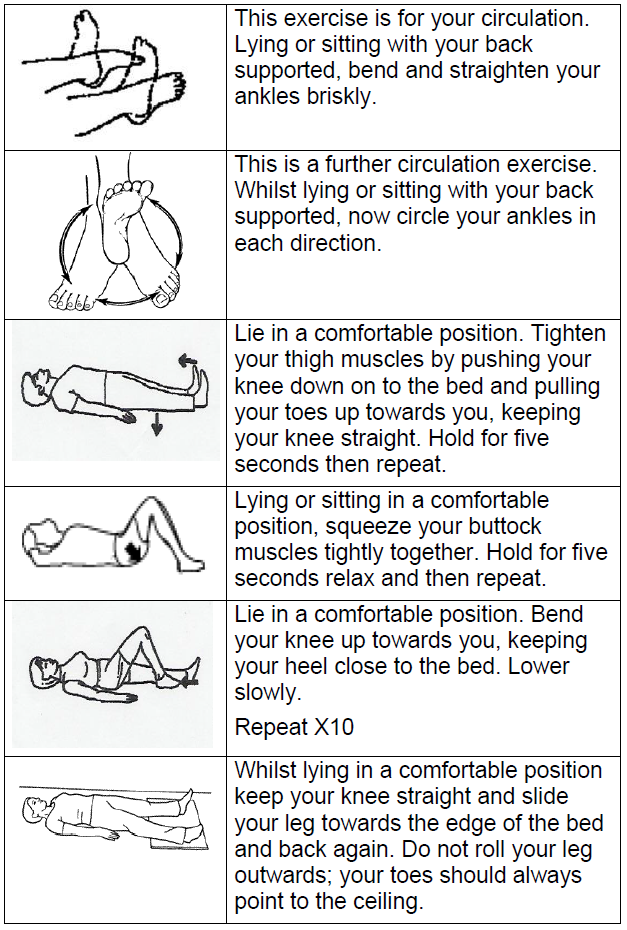
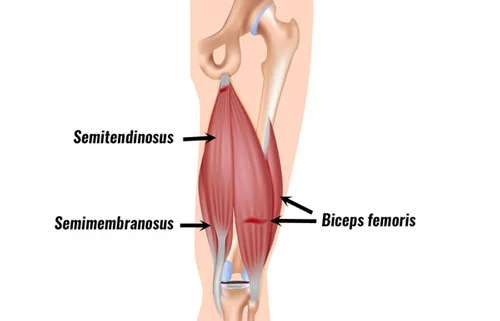
One Comment